From pv magazine USA.
Let’s take a moment and pretend the earth was a living creature. It would need a nervous system – much like an electric grid. It would require ways to eat, to absorb energy from the environment – like wind and solar power. It would need brain cells and memory – think data centers. But it would also need a way to store energy, through big batteries, and maybe we’d refer to such places as the “powerhouse of the planet”.
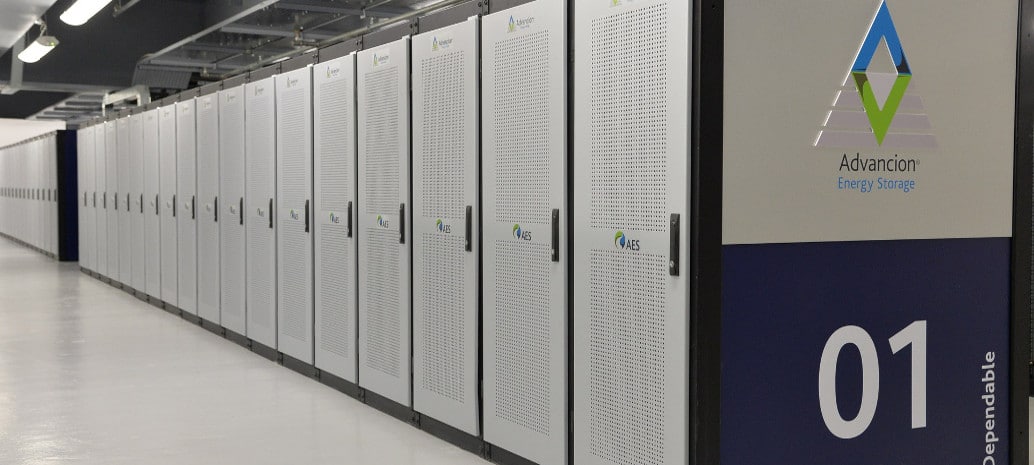
U.S. energy company AES has broken ground on a 100 MW/400 MWh battery storage system in Long Beach, California that will feed the Southern California Edison region under a 20-year power purchase agreement. The facility was procured to provide power at peak times of the day and offer local capacity plus ramping and ancillary services. Construction is expected to be complete next year and the project will complement a new air-cooled 1 GW gas facility to replace an older ocean cooled system.
While pv magazine USA has not read the documentation regarding the procurement process for the facility to understand what the plant was up against, John Zahurancik, chief operating officer of Fluence noted:
Alamitos energy storage will stand as the first of a new generation of energy storage procured as standalone alternatives to new gas plants.
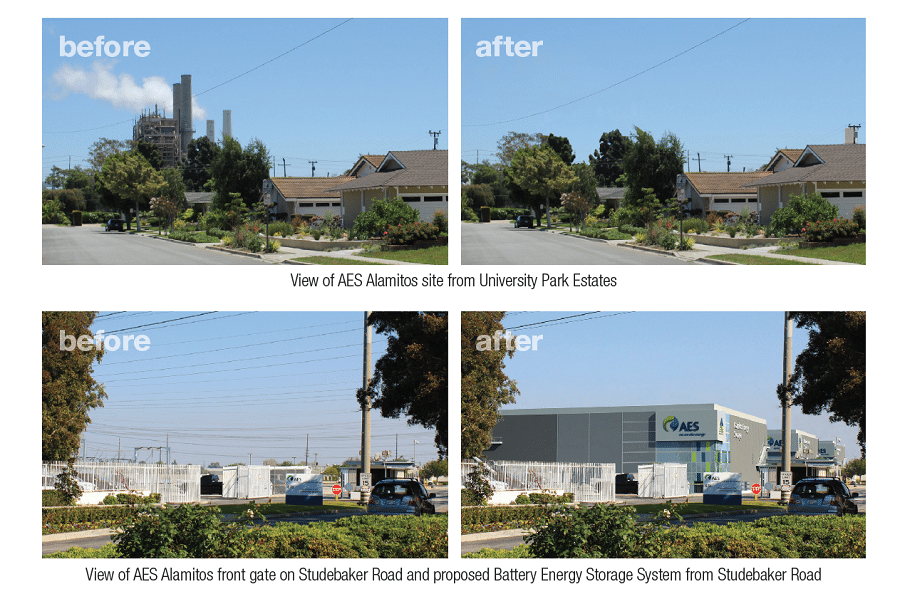
The facility will house the Advancion 5 battery series, supplied by Fluence. The hardware, as per the code requirements set forth, must be built in a “campus like manner”, as Stephen O’Kane, vice president at AES Southland told pv magazine USA. As noted in the images and renderings provided by AES above, an old gas plant will disappear as a regular looking corporate building arises.
O’Kane noted AES was aware the facility would be built as a building and the battery is of a size that can financially support the more expensive infrastructure of such an edifice. It was suggested that in other locations similar scale batteries may have facades built around them instead of the industrial shipping container look visible above.
No images were provided of what the inside of the structure will look like – though it may resemble the image near the top of this article or the Advancion shot below – a tweet concerning Hawaii’s 28 MW solar plus 100 MWh storage project gives an idea of something that could be mistaken for racks of computers when the energy storage containers are opened.
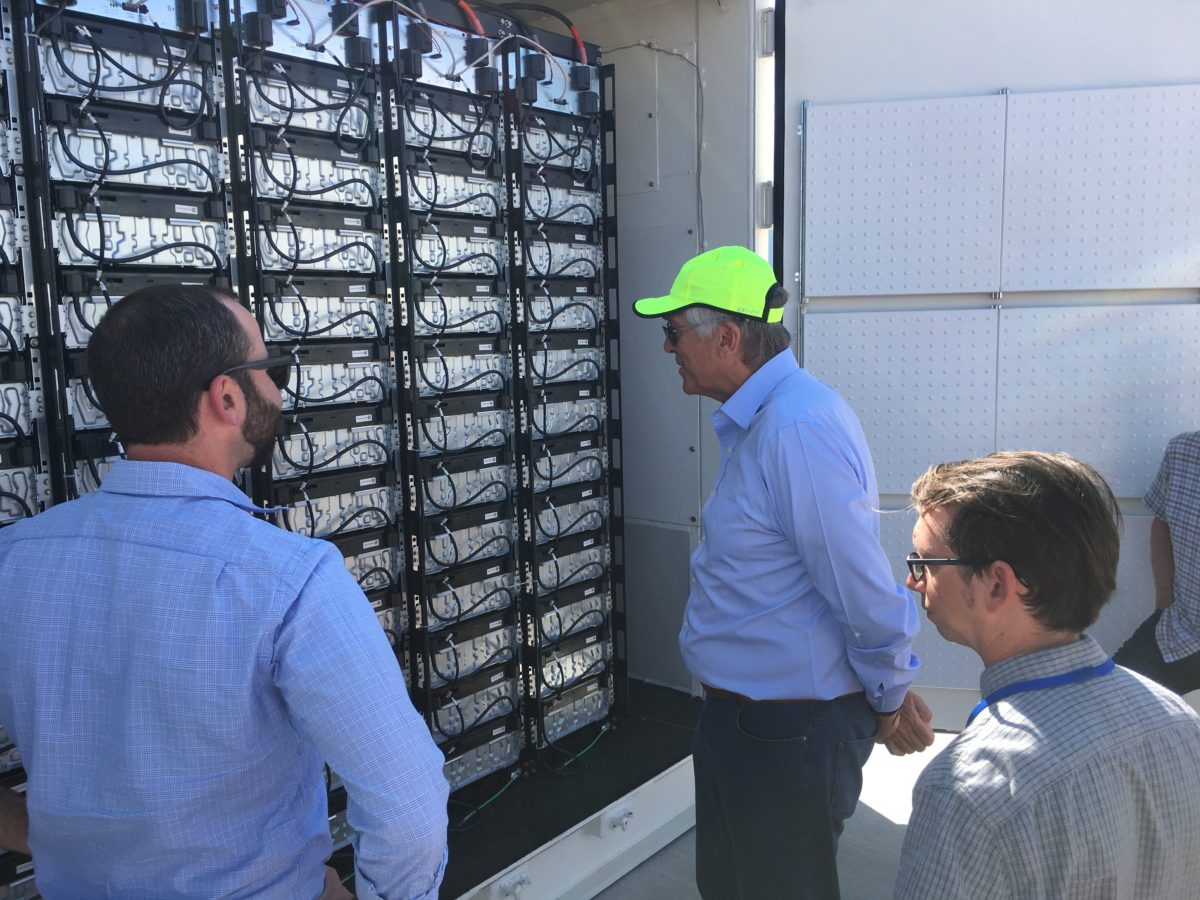
The structure will be separated into three or four firewalled zones. It was suggested safety systems such as ventilation and sprinklers may be more effective in a structure like this – designed from the ground up – than they would be in a situation where hardware had to be crammed inside the fixed dimensions of a shipping container.
O’Kane added:
When you build a data center, you’re thinking about saving the hardware and its data. But we want no promulgation of thermal issues, they want to save their data centers, same things with our batteries. You’ve got systems with every single node that can be shut off, with even more safety systems to make sure it doesn’t spread.
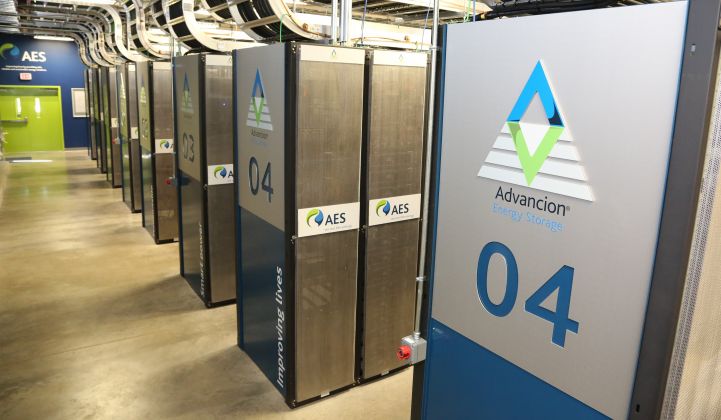
Talking with O’Kane, we got to philosophizing about the evolution of energy systems and the Gaia hypothesis at the top of this article was mentioned. The AES Southland VP said there is an emerging intelligence in energy systems,
It’s evolving toward much more smarts, using artificial intelligence and systems to manage our power grid, deploying storage systems all over to be more flexible, from behind the meter, with demand side management, intermittent, and their need for the control systems, and of course using big data and AI [artificial intelligence] to manage it all.
If it turns out we can deploy energy storage facilities in urban areas and knock down gas plants, we should expect to see many more such battery facilities appear – especially if there are 728 GWh of storage waiting to come online. We might also expect learning curves much like the data center business has experienced as it has moved from optimizing processors and hard drives to whole buildings.
Might we one day see floors of buildings custom built to handle energy storage? Will battery cooling replace building heating needs? How much integration into daily lives can energy storage make, in turn accelerating the wireless solutions that could save us billions?
Below is a video of the 30 MW/120 MWh Encondido system which is under construction – starting with the concrete pour. The meat of the construction we’d all like to see – the batteries getting installed – is quite boring because all we see are shipping containers arriving. Shipping containers assembled on a factory floor.
This content is protected by copyright and may not be reused. If you want to cooperate with us and would like to reuse some of our content, please contact: editors@pv-magazine.com.
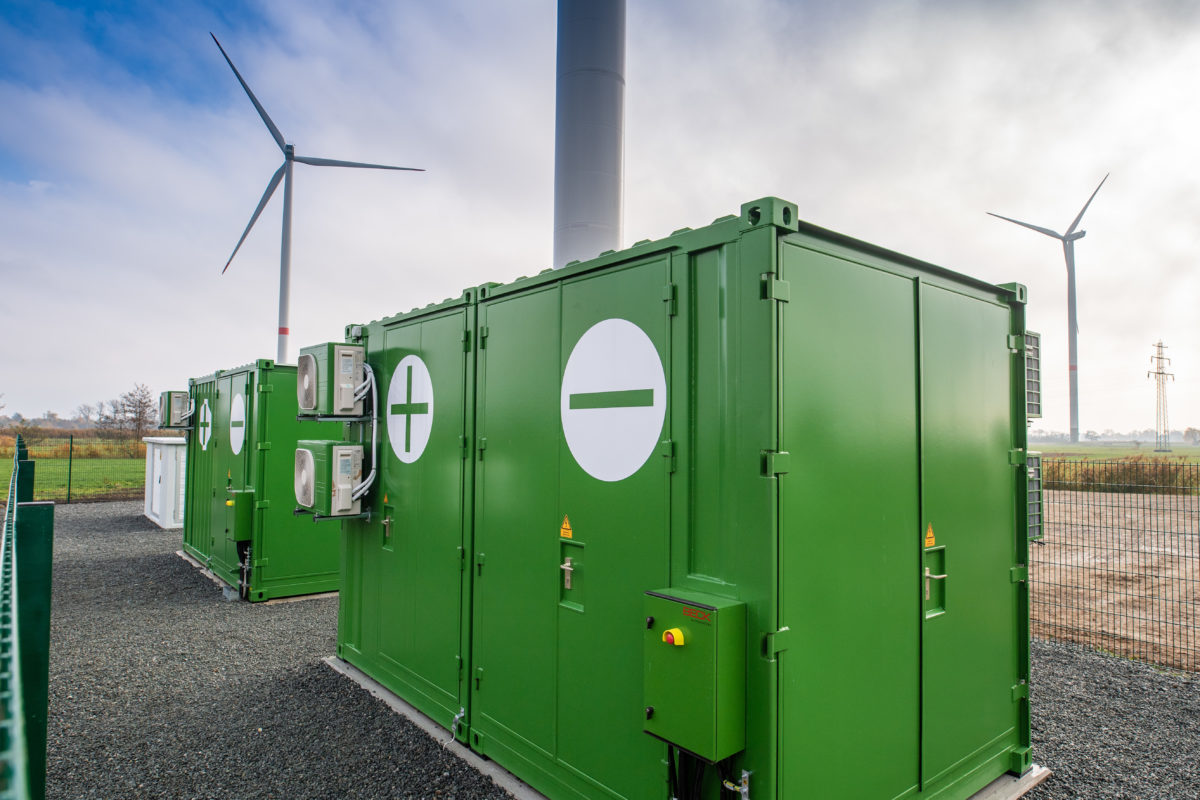


1 comment
By submitting this form you agree to pv magazine using your data for the purposes of publishing your comment.
Your personal data will only be disclosed or otherwise transmitted to third parties for the purposes of spam filtering or if this is necessary for technical maintenance of the website. Any other transfer to third parties will not take place unless this is justified on the basis of applicable data protection regulations or if pv magazine is legally obliged to do so.
You may revoke this consent at any time with effect for the future, in which case your personal data will be deleted immediately. Otherwise, your data will be deleted if pv magazine has processed your request or the purpose of data storage is fulfilled.
Further information on data privacy can be found in our Data Protection Policy.